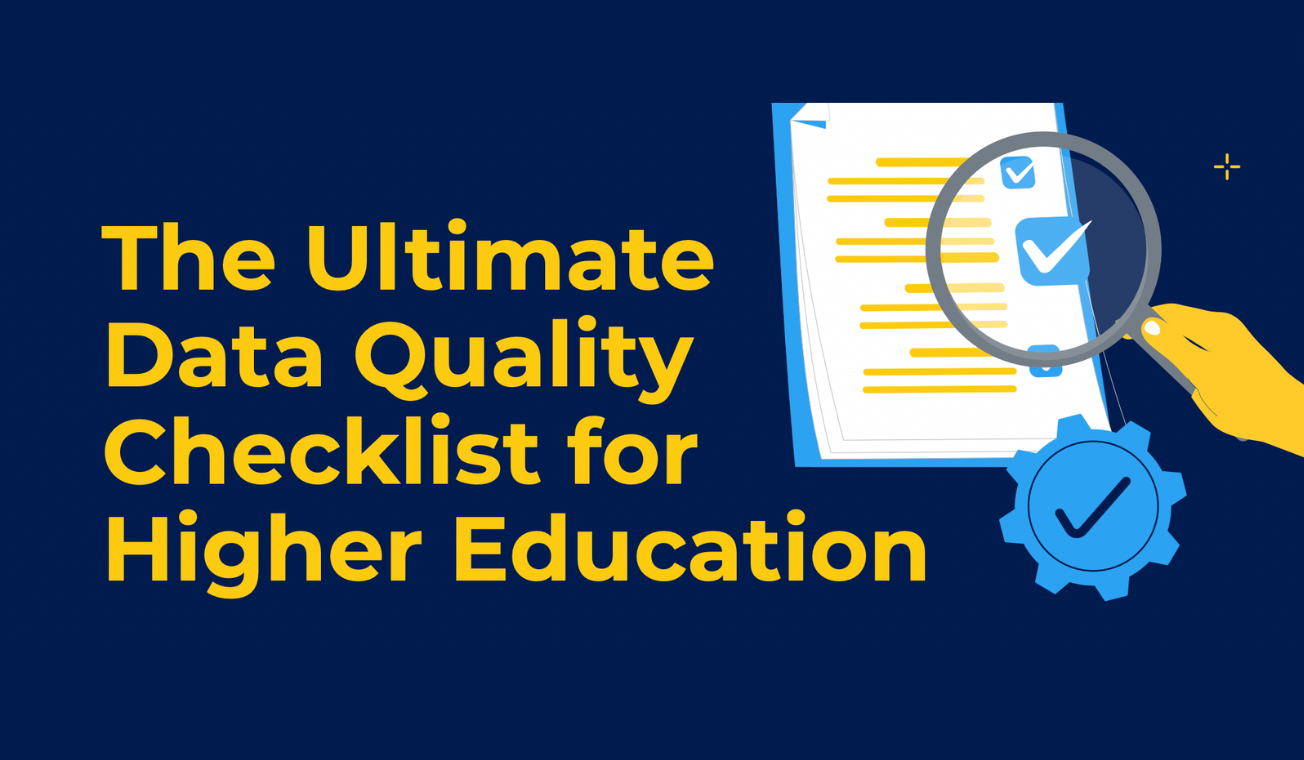Whether you’re in the midst of an LMS migration or you’ve just begun planning your transition, at some point, you’ll have to ask yourself how you’ll archive the course content and student data that’s not migrating over.
Each state’s requirements are different, but in general, most require that schools store two to three years of student records. Others require up to 11 years.
You need easy and secure access to these records to support coursework and grades given to students. This supports not just the data integrity but the academic integrity of your institution.
Have you considered how you plan to store these vital records? Your legacy LMS will offer to hold onto them for you–for a significant cost.
Luckily, there are other options out there. Let’s discuss the different options to archive student data.
Option #1: Archive on your legacy LMS
Many schools will opt for what they think is the simplest solution: holding onto a read-only access version that resides in their legacy LMS. The thought is that read-only access will allow them to cut the cost of holding onto two LMS’s simultaneously.
Pro
- The data you want to archive is already where it needs to be. You will not need to transfer it.
Cons
- This is by far the priciest option to archive student data. Even just read-only access to a platform can cost anywhere from $5,000 to $25,000 a month. That would mean $60,000 to $300,000 in additional expenses a year–for a platform you’ll no longer be using.
- This storage method will not integrate data within your new LMS, making any information you need more difficult to access.
Option #2: Cold storage
Cold storage involves moving student data onto export cartridges for safekeeping.
Pros
- Upfront, this option seems like it is the least expensive to archive student data.
- It allows you to cut out the expense of your legacy platform.
Cons
- Similar to the first option, this storage method does not integrate with your new platform, making any data you need more difficult to access.
- Cold storage is especially complex to navigate as it is stored with coding. It can take days or even a week to find the right information when you need it, and normally when you do need it, you need it fast.
- Because the content and data is extremely fragmented and incomplete when accessed from cold storage achives, you may need to hire outside help to navigate this complex information or push the challenge onto current employees who are already busy doing their jobs.
Option #3: Scaffold Archiving
In an effort to support institutions in being able to lower their costs to allocate more resources to improving learning for students, K16 Solutions developed an archiving solution that is easy to use at an affordable cost: Scaffold Archiving.
Pros
- Scaffold Archiving is fully integrated with the new platform.
- Through a literal push of the button, you will have easy and secure access to all data and course content at all times. You can easily navigate and find the information you need without any coding or complex knowledge.
- You can stop paying for your legacy LMS, making Scaffold Archiving a much more affordable solution.
- Scaffold Archiving empowers institutions to be able to change their LMS when they want, how they want by providing such a simple, all-encompassing solution to storing past records.
Con
- Scaffold Archiving could be considered a little more expensive upfront than cold storage, but by allowing easy and integrated access to all data, you’re able to significantly reduce hours worked and overtime pay for employees. You will also not need to wait for help when accessing the information that you need, and you normally need it ASAP.
How does Scaffold Archiving work?
Scaffold Archiving works by moving all data from your legacy LMS and storing it on K16 Solutions’ state-of-the-art platform. It’s as simple as choosing what date ranges and courses you’d like to store, and the K16 team can archive 40,000 to 50,000 courses within a three to four week project. We can also archive more or less.
The information Scaffold Archiving can archive includes:
- Student records and submissions,
- Course content,
- Discussions and replies,
- Assignments,
- Quizzes,
- Feedback,
- And grade books.
All information is secure and fully integrated with your destination LMS. Data is easily accessible at any time. In fact, clean and easy-to-understand content transfers over to your new LMS as easily as clicking a “Sync to LMS” button.
How much does Scaffold Archiving cost?
Scaffold Archiving not only integrates perfectly with your LMS but also offers a 70% – 80% savings on what you’re paying now.
What customers have to say
“They consistently asked for feedback on how to make the interface more user-friendly. Faculty wanted the ability to bulk download student data from an entire course, and they adjusted their system to provide that option.”
– Dr. Scott Vann, Director of Academic Learning Support, University of Memphis
“K16 captured every archived course. It was a relief. It was all there and ready to go.”
– Abe Hedtke, Director of Instructional Technology, Saint Mary’s University of Minnesota
Choose how you archive student data
How do you plan to archive student data?
Will you maintain significant costs for two platforms? Will you opt for handling the challenges that cold storage brings?
Or do you want a simple solution that empowers your faculty, staff, and students?
The choice is up to you.
Speak with one of our experts about how your institution can archive student data. If you’re looking to migrate to a new LMS in as little as 90-120 days, we can help with that too.






